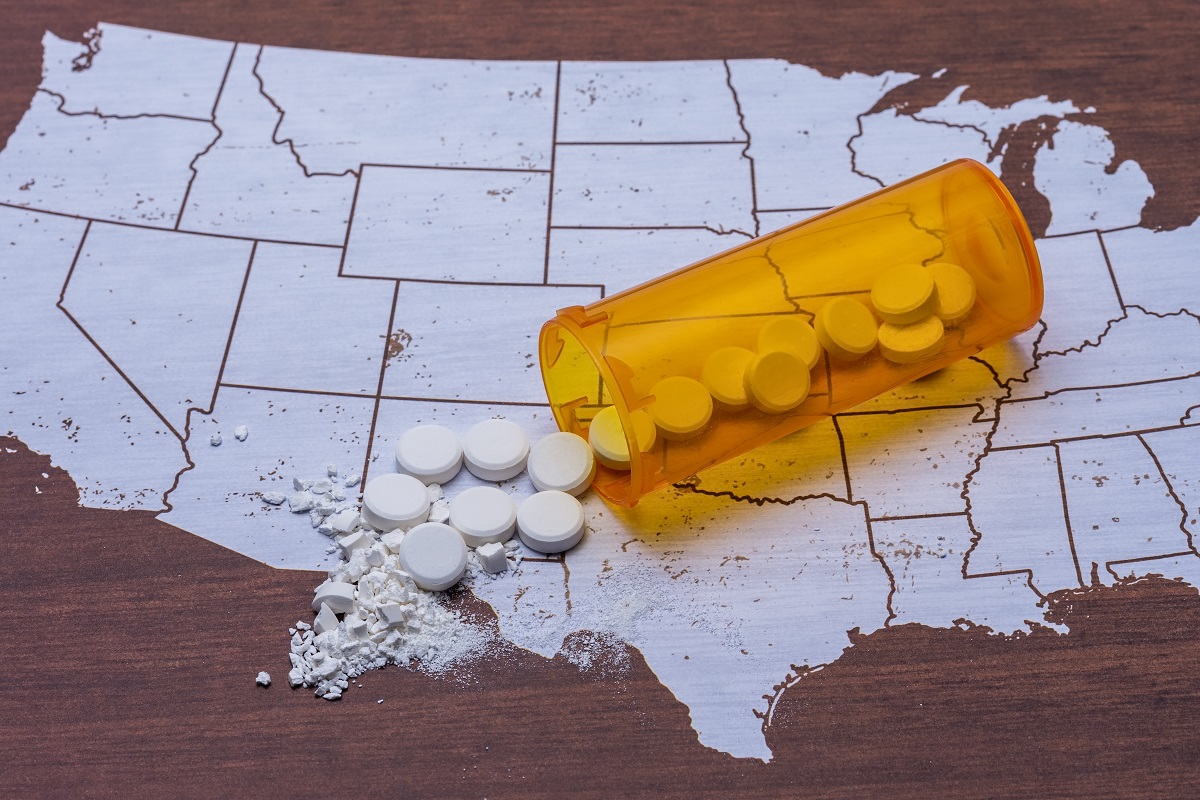The National Institute for Occupational Safety and Health (NIOSH) released the video “Addressing Opioid Overdose Deaths in the Workplace” describing the use of naloxone in the workplace to counteract opioid overdoses.
The Centers for Disease Control and Prevention (CDC) recently issued a health advisory notifying public health departments and others of a rise in fatal drug overdoses involving methamphetamines and synthetic opioids during the COVID-19 pandemic.
The CDC Health Alert Network notice (CDCHAN-00438) informed healthcare professionals, first responders, laboratories, and medical examiners and coroners, as well as public health authorities, of:
- Substantial increases in drug overdose deaths across the United States, primarily driven by rapid increases in overdose deaths involving synthetic opioids, likely illicitly manufactured fentanyl;
- A concerning acceleration of the increase in drug overdose deaths, with the largest increase occurring between March 2020 and May 2020, coinciding with the rollout of stay-at-home orders and other widespread mitigation measures for the COVID-19 pandemic;
- The changing geographic distribution of overdose deaths involving synthetic opioids, with the largest percentage increases occurring in the western United States; and
- Significant increases in overdose deaths involving psychostimulants, such as methamphetamine.
Workplace conditions that may lead to opioid prescription use include unsafe working conditions that can lead to injuries like slips, trips, and falls; heavy workloads; job insecurity; job loss; and demanding, low-control jobs, according to the NIOSH video. The video explains that naloxone may counter the effects of an opioid overdose but that more than one dose may be needed if a person has taken large doses or very potent opioids.
NIOSH’s video is based on its November 2018 fact sheet “Using Naloxone to Reverse Opioid Overdose in the Workplace: Information for Employers and Workers” (NIOSH Publication Number 2019-101).
The fact sheet and video suggest employers or business owners should consider developing and implementing a workplace naloxone use program. NIOSH outlined the following steps in establishing a program:
- Conducting a risk assessment before implementing a naloxone program—deciding whether customers, patients, visiting clients, or workers are at risk of overdose; determining whether staff members are willing to take training and provide naloxone treatments; and consulting with emergency responders and other professionals who treat opioid use disorders in the local area;
- Considering liability and other legal issues related to a naloxone use program;
- Developing formal procedures for documenting overdose incidents and managing records of naloxone administration while safeguarding the privacy of individuals treated; and
- Clearly defining staff roles and training staff members in the administration of naloxone and the use of necessary personal protective equipment (PPE), as well as first aid, basic life support, and cardiopulmonary resuscitation (CPR), as other injuries and illnesses may accompany an opioid overdose.
Staff members designated to treat opioid overdoses also should have bloodborne pathogen training and additional protection like a hepatitis B vaccination.
Naloxone is widely available in pharmacies, and most states allow purchase without a prescription. Naloxone should be stored at room temperature (59°F–77°F or 15°C–25°C). However, it can expire, and its potency can wane over time.

